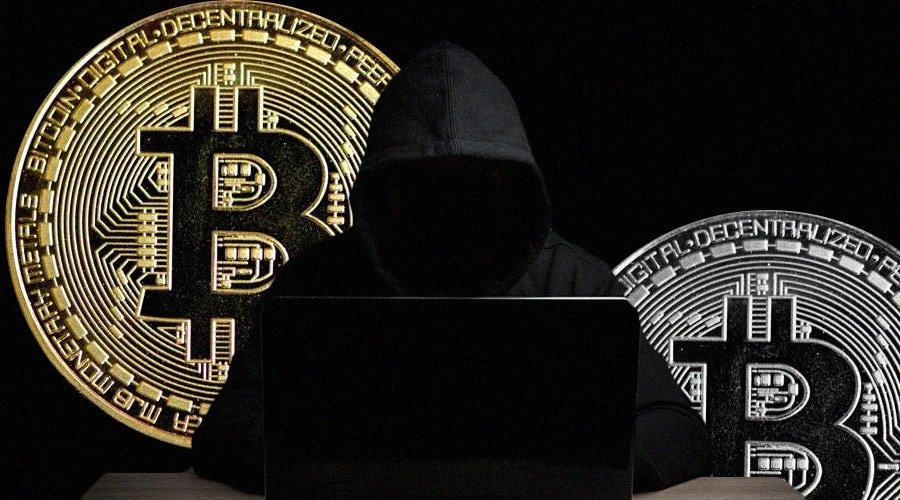Understanding the Risks of Cryptocurrency Theft
In the rapidly evolving digital age, cryptocurrency has emerged as a popular financial asset, offering the promise of decentralization, increased privacy, and lower transaction fees. However, this innovation is not without its risks, with stolen cryptocurrency becoming a growing concern. Cybercriminals are continually developing sophisticated methods to exploit vulnerabilities in digital wallets, exchanges, and personal devices, leading to significant financial losses for individuals and businesses. Understanding the methods used by these criminals and the weaknesses they exploit is crucial for anyone involved in the cryptocurrency market.
The Mechanics of Cryptocurrency Theft
Cryptocurrency theft can occur through various means, including hacking exchanges, phishing scams, and exploiting security flaws in wallet software. Hackers may target cryptocurrency exchanges to gain access to numerous accounts simultaneously, resulting in massive losses. Phishing attacks, where unsuspecting users are tricked into revealing their private keys or login credentials, are increasingly common and effective. Additionally, malware designed to steal cryptocurrency can infect personal devices, enabling hackers to access private wallets. Each of these methods poses a significant threat to the security of digital assets.
High-Profile Cases of Stolen Cryptocurrency
The cryptocurrency landscape is riddled with high-profile thefts, each serving as a cautionary tale. Incidents like the Mt. Gox hack, where approximately 850,000 Bitcoins were stolen, and the Coincheck exchange heist, involving the theft of over $500 million in digital tokens, highlight the vulnerabilities in even the most prominent platforms. These cases have raised serious concerns about the security measures employed by exchanges and wallet providers, prompting calls for stricter regulatory oversight and improved security protocols.
Preventive Measures and Best Practices
Protecting against stolen cryptocurrency involves a combination of awareness, vigilance, and the use of advanced security measures. Individuals should employ strong, unique passwords for their wallets and exchange accounts, enable two-factor authentication, and regularly update their software to protect against vulnerabilities. Hardware wallets, which store private keys offline, provide an additional layer of security against online hacking attempts. Additionally, users should be cautious of phishing scams and avoid sharing sensitive information online.
The Role of Blockchain Technology in Security
Blockchain technology, the foundation of cryptocurrency, offers inherent security features that can help prevent theft. Its decentralized nature and the cryptographic encryption of transactions make it difficult for hackers to manipulate the ledger. However, the security of personal wallets and exchanges is not always as robust, underscoring the need for continuous improvement in security practices within the cryptocurrency ecosystem.
Legal and Regulatory Responses to Cryptocurrency Theft
The legal and regulatory landscape surrounding cryptocurrency is evolving, with authorities striving to address the challenges posed by digital asset theft. However, the decentralized and borderless nature of cryptocurrencies makes it difficult to apply traditional legal frameworks and pursue cross-border enforcement. Despite these challenges, some countries have started to implement regulations aimed at enhancing the security of cryptocurrency transactions and providing better protection for investors.
Recovery and Recourse for Victims
Recovering stolen cryptocurrency can be a complex and often unsuccessful endeavor. Due to the anonymity and decentralization of blockchain transactions, tracing and reclaiming stolen assets is challenging. Victims can report theft to law enforcement and engage with blockchain analysis firms that specialize in tracking stolen funds. However, the success rate of recovery efforts is relatively low, emphasizing the importance of preventive measures.
The Future of Cryptocurrency Security
As the cryptocurrency market continues to grow, so does the sophistication of security measures to protect against theft. Innovations in decentralized finance (DeFi) and the development of more secure wallet technologies are ongoing. The industry is also seeing increased collaboration between cryptocurrency platforms, security experts, and regulators to develop comprehensive strategies to combat digital asset theft.
Conclusion: Vigilance and Adaptation in the Face of Stolen Cryptocurrency
In conclusion, stolen cryptocurrency remains a significant concern in the digital financial world. As the market evolves, so must the strategies to protect digital assets. Individuals and businesses must stay informed, adapt to new security practices, and participate in shaping a safer cryptocurrency environment. While the challenges are significant, the collective effort of the community, along with technological and regulatory advancements, can enhance the security and resilience of the cryptocurrency ecosystem.


